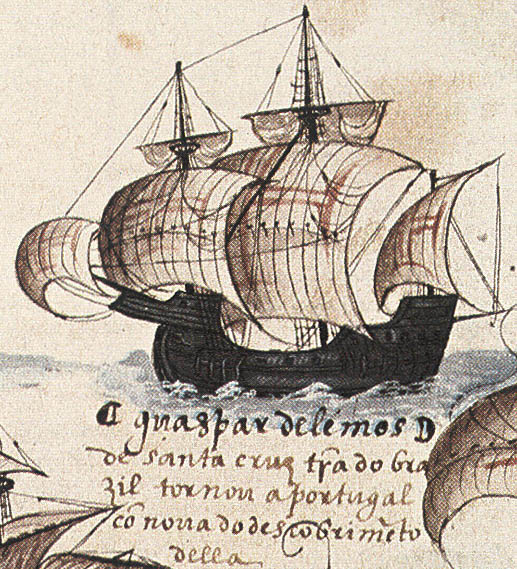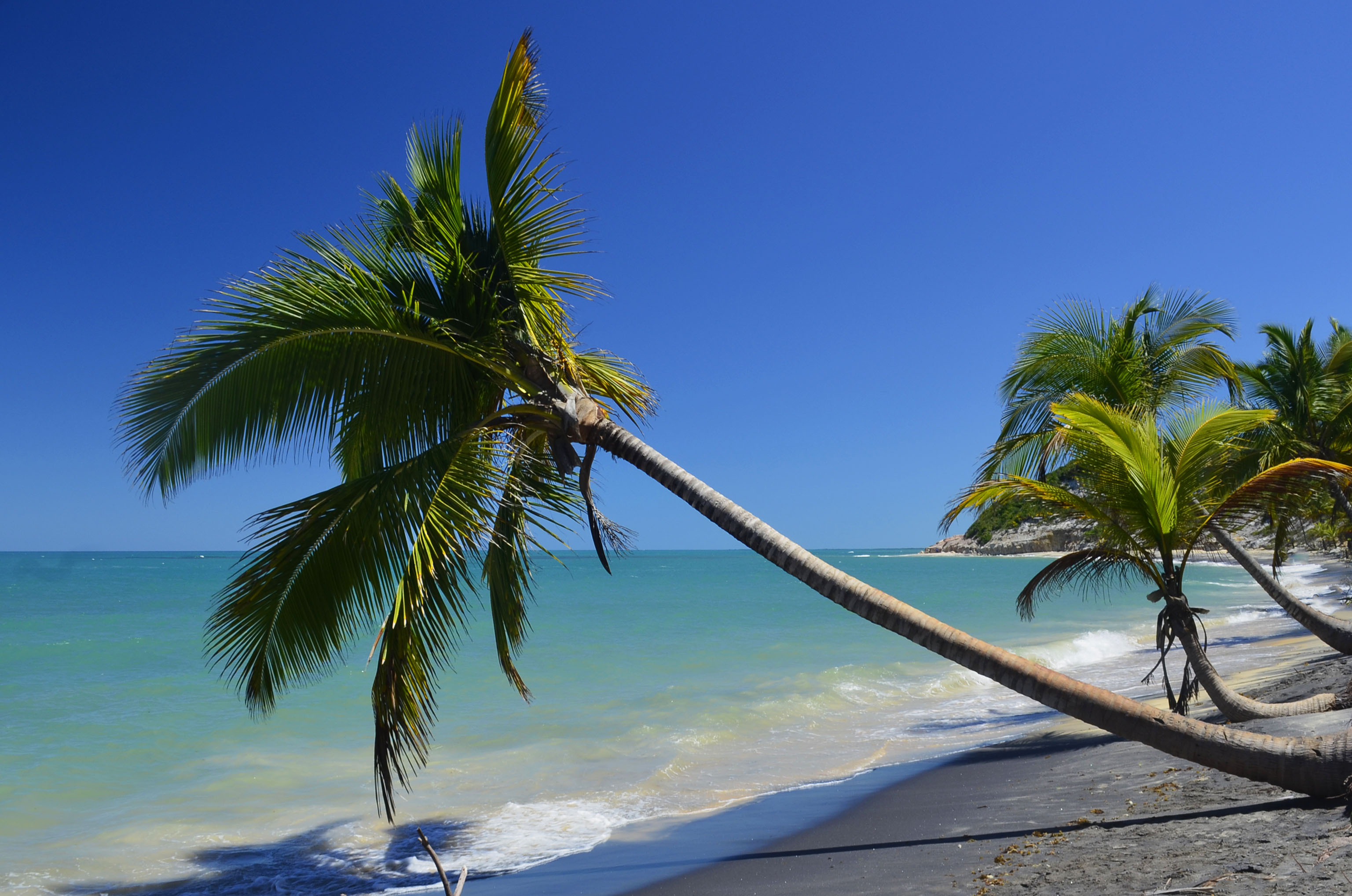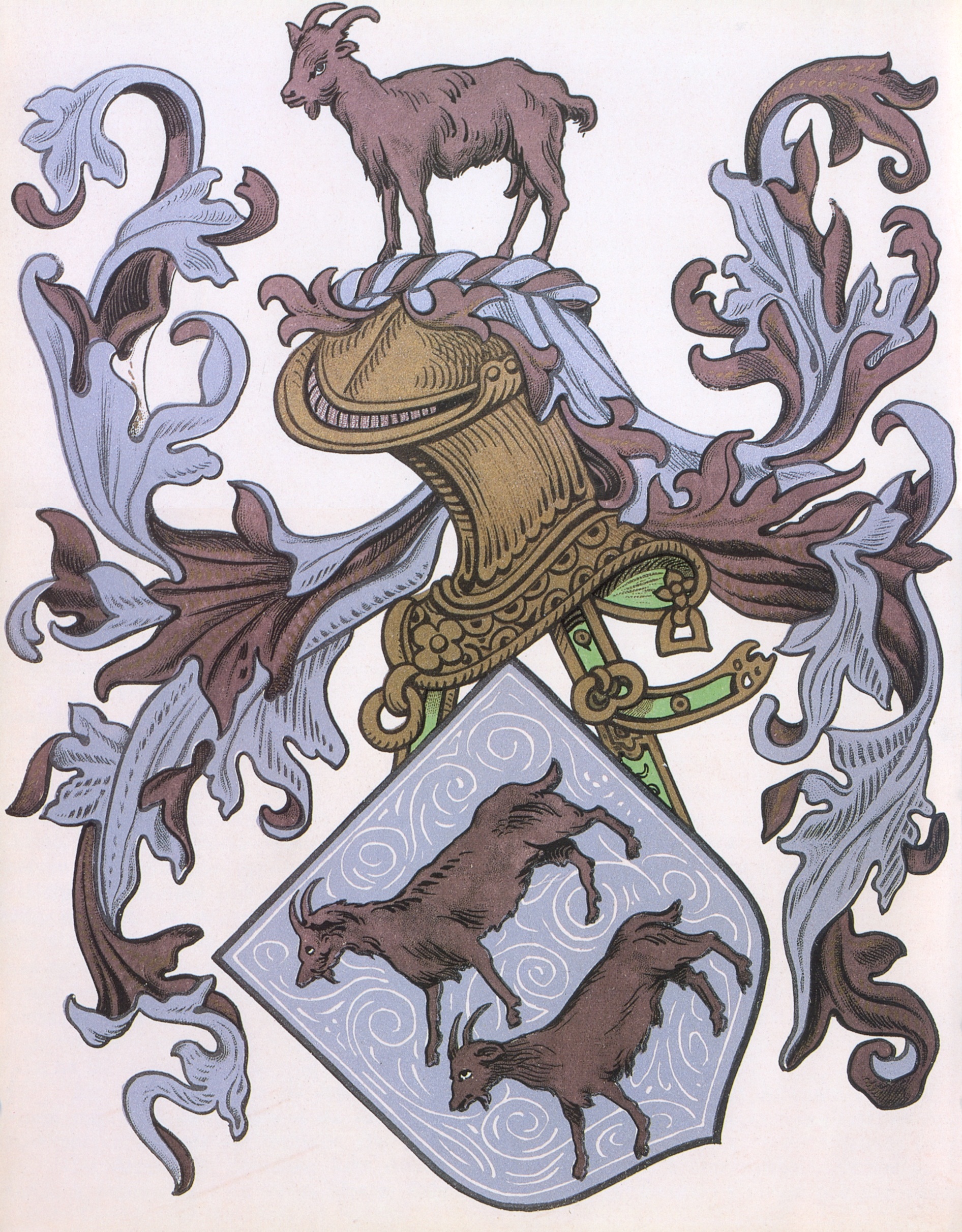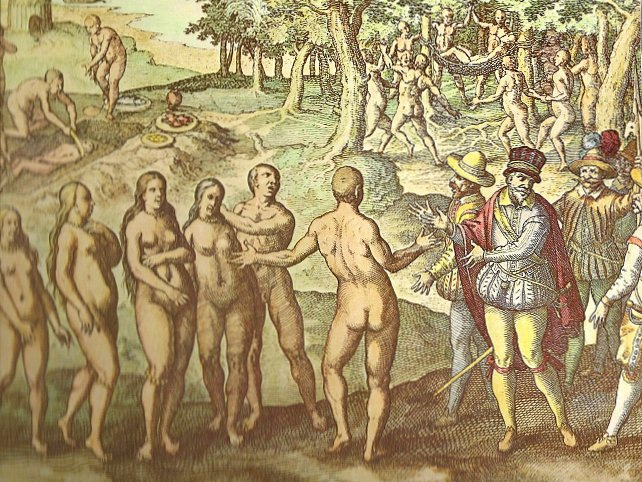|
Baia De Todos Os Santos
The Bay of All Saints (), also known as All Saints' Bay and Todos os Santos Bay, is the principal bay of the Brazilian state of Bahia, to which it gave its name. It sits on the Brazilian coast, eastern coast of Brazil, surrounding part of Bahia's capital Salvador, Bahia, Salvador and opening to the Atlantic Ocean. It covers , making it the largest bay in Brazil. Barra Lighthouse, Farol da Barra (Barra Lighthouse), on the site of a historic fort, stands at the entrance of the bay. The Bay of All Saints is shallow along much of its area with an average depth of . The Paraguaçu River travels to empty into the bay and the coastal lowlands of the Reconcavo Basin are at its mouth. It contains 91 islands, the largest being Itaparica Island at its entrance. Other important islands include the Ilha dos Frades, ilha de Maré, ilha de Bom Jesus, and the small Ilha do Medo. History The Italians, Italian Portuguese explorer, explorer Amerigo Vespucci was the first Europeans, European to ... [...More Info...] [...Related Items...] OR: [Wikipedia] [Google] [Baidu] |
Bahia
Bahia () is one of the 26 Federative units of Brazil, states of Brazil, located in the Northeast Region, Brazil, Northeast Region of the country. It is the fourth-largest Brazilian state by population (after São Paulo (state), São Paulo, Minas Gerais, and Rio de Janeiro (state), Rio de Janeiro) and the 5th-largest by area. Bahia's capital is the city of Salvador, Bahia, Salvador (formerly known as "Cidade do São Salvador da Bahia de Todos os Santos", literally "City of the Holy Savior of the Bay of All the Saints"), on a Spit (landform), spit of land separating the Bay of All Saints from the Atlantic. Once a stronghold of supporters of direct rule of Brazil by the Portuguese monarchy, and dominated by Agriculture in Brazil, agricultural, Slavery in Brazil, slaving, and ranching interests, Bahia is now a predominantly Working class, working-class industrial and agricultural state. The state is home to 7% of the Brazilian population and produces 4.2% of the country's GDP. It is ... [...More Info...] [...Related Items...] OR: [Wikipedia] [Google] [Baidu] |
Italians
Italians (, ) are a European peoples, European ethnic group native to the Italian geographical region. Italians share a common Italian culture, culture, History of Italy, history, Cultural heritage, ancestry and Italian language, language. Their predecessors differ regionally, but generally include populations such as the Etruscan civilization, Etruscans, Rhaetians, Ligurians, Adriatic Veneti, Magna Graecia, Ancient Greeks and Italic peoples, including Latins (Italic tribe), Latins, from which Roman people, Romans emerged and helped create and evolve the modern Italian identity. Legally, Italian nationality law, Italian nationals are citizens of Italy, regardless of ancestry or nation of residence (in effect, however, Italian nationality law, Italian nationality is largely based on ''jus sanguinis'') and may be distinguished from ethnic Italians in general or from people of Italian descent without Italian citizenship and ethnic Italians living in territories adjacent to the I ... [...More Info...] [...Related Items...] OR: [Wikipedia] [Google] [Baidu] |
Gaspar De Lemos
Gaspar de Lemos (15th century) was a Portuguese explorer and captain of the supply ship of Pedro Álvares Cabral's fleet that arrived to Brazil. Gaspar de Lemos was sent back to Portugal with news of their discovery and was credited by the Viscount of Santarém as having discovered the Fernando de Noronha archipelago in the Atlantic Ocean. Personal life Very little is known about the life of Gaspar de Lemos. It is postulated that he was a part of the Morgada family, originally from the Kingdom of Galiza, but came to Portugal during the reign of Afonso IV (1325–1357). Upon his arrival back to Europe after participation in the exploration of the new world, the name Gaspar de Lemos disappears from the historical record, only to reappear later between 1536 and 1537 in India, under the service of Martim Afonso de Sousa. No further information has been discovered. Discoveries and Expeditions Gaspar de Lemos was the commander of a supply ship from Pedro Álvares Cabral' ... [...More Info...] [...Related Items...] OR: [Wikipedia] [Google] [Baidu] |
Porto Seguro
Porto Seguro (, Safe Harbor in English), is a city located in the far south of Bahia, Brazil. The city has an estimated population of 150,658 (2020), covers , and has a population density of 52.7 residents per square kilometer. The area that includes Porto Seguro and neighbouring Santa Cruz Cabrália and Eunápolis holds a distinctive place in Brazilian history: in 1500 it was the first landing point of Portuguese navigators, principally Pedro Álvares Cabral. Geography Climate The climate in Porto Seguro is warm, pleasant, and partly cloudy. Over the course of the year, the temperature typically varies from 19 °C lows (67 °F) to 29C highs (84 °F) and is rarely below 18 °C (65 °F) or above 31 °C (88 °F). The temperature in Porto Seguro varies so little throughout the year that it is not entirely meaningful to discuss hot and cold seasons. Subdivisions Porto Seguro is divided into five districts *Porto Seguro (city seat); *Arraial da A ... [...More Info...] [...Related Items...] OR: [Wikipedia] [Google] [Baidu] |
Pedro Álvares Cabral
Pedro Álvares Cabral (; born Pedro Álvares de Gouveia; ) was a Portuguese nobleman, military commander, navigator and explorer regarded as the European discoverer of Brazil. He was the first human in history to ever be on four continents, uniting all of them in his famous voyage of 1500, where he also conducted the first substantial exploration of the northeast coast of South America and claimed it for Portugal. While details of Cabral's early life remain unclear, it is known that he came from a minor noble family and received a good education. He was appointed to head an expedition to India in 1500, following Vasco da Gama's newly opened route around Africa. The undertaking had the aim of returning with valuable spices and of establishing trade relations in India—bypassing the monopoly on the spice trade then in the hands of Arab, Turkish and Italian merchants. Although the previous expedition of Vasco da Gama to India, on its sea route, had recorded signs of land west o ... [...More Info...] [...Related Items...] OR: [Wikipedia] [Google] [Baidu] |
Captaincy Of Bahia
The Captaincy of Bahia, fully the Captaincy of the Bay of All Saints (Modern ), was a captaincy of Portuguese Brazil. History Donatary Captaincy King João III of Portugal bestowed the donatary captaincy on Francisco Pereira Coutinho on 5 March 1534 as a reward for his service at Goa. The initial grant was notionally for 50 leagues of coastline around the Bay of All Saints, from the mouth of the Rio São Francisco to the Rio Jaguariçá. In practice, the early captaincies' boundaries were not respected but the settlement was too small for it to matter. Arriving in Brazil in late 1536, Pereira Coutinho and his men slept on their ships until they had completed the construction of about forty adobe homes, which he christened the village (') of Pereira. This was located in modern Salvador's Ladeira da Barra neighborhood and was quickly elevated into a township (') with a municipal council ('), which became known as Vila Velha ("Old Town"). A fortified house, the ', was al ... [...More Info...] [...Related Items...] OR: [Wikipedia] [Google] [Baidu] |
Florence
Florence ( ; ) is the capital city of the Italy, Italian region of Tuscany. It is also the most populated city in Tuscany, with 362,353 inhabitants, and 989,460 in Metropolitan City of Florence, its metropolitan province as of 2025. Florence was a centre of Middle Ages, medieval European trade and finance and one of the wealthiest cities of that era. It is considered by many academics to have been the birthplace of the Renaissance, becoming a major artistic, cultural, commercial, political, economic and financial center. During this time, Florence rose to a position of enormous influence in Italy, Europe, and beyond. Its turbulent political history includes periods of rule by the powerful House of Medici, Medici family and numerous religious and republican revolutions. From 1865 to 1871 the city served as the capital of the Kingdom of Italy. The Florentine dialect forms the base of Italian language, standard Italian and it became the language of culture throughout Italy due to ... [...More Info...] [...Related Items...] OR: [Wikipedia] [Google] [Baidu] |
Parish Church
A parish church (or parochial church) in Christianity is the Church (building), church which acts as the religious centre of a parish. In many parts of the world, especially in rural areas, the parish church may play a significant role in community activities, often allowing its premises to be used for non-religious community events. The Church architecture, church building reflects this status, and there is considerable variety in the size and style of parish churches. Many villages in Europe have churches that date back to the Middle Ages, but all periods of architecture are represented. Catholic Church Each diocese (administrative unit, headed by a bishop) is divided into parishes. Normally, a parish consists of all Catholics living within its geographically defined area. Within a diocese, there can also be overlapping parishes for Catholics belonging to a particular rite, language, nationality, or community. Each parish has its own central church called the parish church, ... [...More Info...] [...Related Items...] OR: [Wikipedia] [Google] [Baidu] |
All Saints' Day
All Saints' Day, also known as All Hallows' Day, the Feast of All Saints, the Feast of All Hallows, the Solemnity of All Saints, and Hallowmas, is a Christian solemnity celebrated in honour of all the saints of the Church, whether they are known or unknown. From the 4th century, feasts commemorating all Christian martyrs were held in various places, on various dates near Easter and Pentecost. In the 9th century, some churches in the British Isles began holding the commemoration of all saints on 1 November, and in the 9th century this was extended to the whole Catholic Church by Pope Gregory IV. In Western Christianity, it is still celebrated on 1 November by the Western Catholic Church as well as by many Protestant churches, such as the Lutheran, Anglican, and Methodist traditions. The Eastern Orthodox Church and associated Eastern Catholic and Eastern Lutheran churches celebrate it on the first Sunday after Pentecost. The Syro-Malabar Church and the Chaldean Catholic C ... [...More Info...] [...Related Items...] OR: [Wikipedia] [Google] [Baidu] |
Americas
The Americas, sometimes collectively called America, are a landmass comprising the totality of North America and South America.''Webster's New World College Dictionary'', 2010 by Wiley Publishing, Inc., Cleveland, Ohio. When viewed as a single continent, the Americas or America is the 2nd largest continent by area after Asia, and is the 3rd largest continent by population. The Americas make up most of the land in Earth's Western Hemisphere and comprise the New World. Along with their Lists of islands of the Americas, associated islands, the Americas cover 8% of Earth's total surface area and 28.4% of its land area. The topography is dominated by the American Cordillera, a long chain of mountains that runs the length of the west coast. The flatter eastern side of the Americas is dominated by large river basins, such as the Amazon basin, Amazon, St. Lawrence River–Great Lakes, Mississippi River System, Mississippi, and Río de la Plata Basin, La Plata basins. Since the Americ ... [...More Info...] [...Related Items...] OR: [Wikipedia] [Google] [Baidu] |
Second Voyage Of Amerigo Vespucci
Amerigo Vespucci ( , ; 9 March 1454 – 22 February 1512) was an Italian explorer and navigator from the Republic of Florence for whom "America" is named. Vespucci participated in at least two voyages of the Age of Discovery between 1497 and 1504, first on behalf of Spain (14991500) and then for Portugal (15011502). In 1503 and 1505, two booklets were published under his name containing colourful descriptions of these explorations and other voyages. Both publications were extremely popular and widely read throughout much of Europe. Historians still dispute the authorship and veracity of these accounts, but they were instrumental in raising awareness of the discoveries and enhancing the reputation of Vespucci as an explorer and navigator. Vespucci claimed to have understood in 1501 that Brazil was part of a fourth continent unknown to Europeans, which he called the "New World" (Mundus Novus). The claim inspired cartographer Martin Waldseemüller to recognize Vespucci's accomplis ... [...More Info...] [...Related Items...] OR: [Wikipedia] [Google] [Baidu] |







